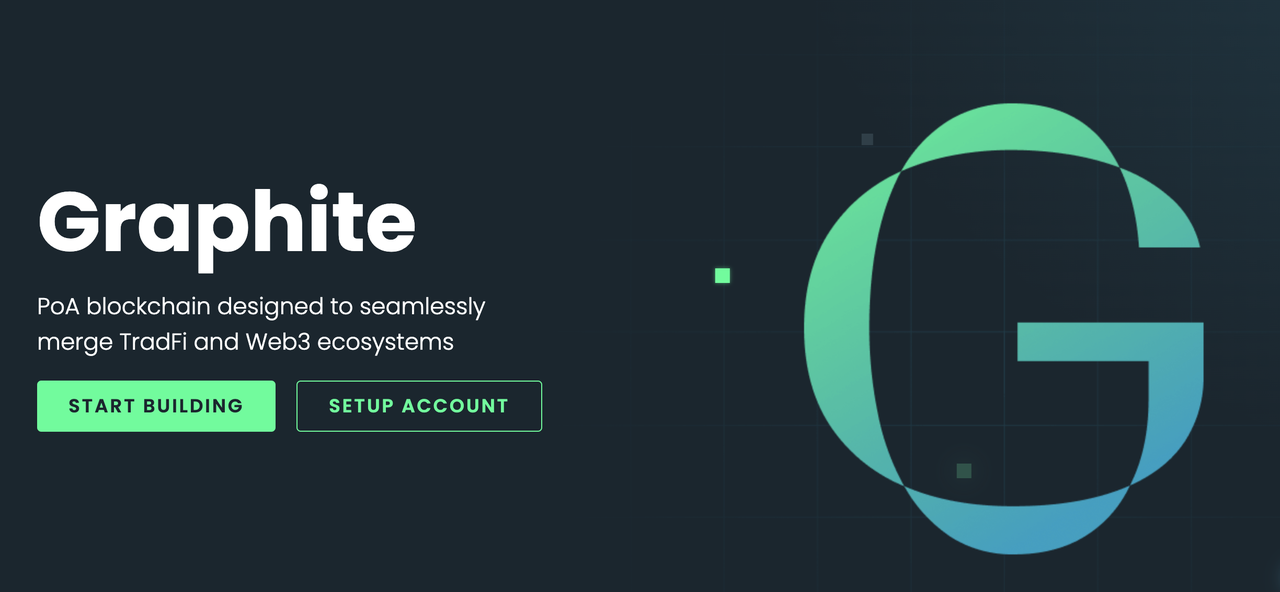作者:Cryptonew.com
编译:深潮TechFlow

随着以太坊在2024年表现不佳,Graphite Network 推出了一种高性能的 L1 区块链,提供入口节点(Entry-Point)收入和基于信誉(Reputation-Based)的功能。
截至2024年12月,以太坊(ETH)上涨了近58%,但与其他顶级加密货币如比特币(BTC)和 Solana(SOL)相比表现逊色,后两者分别上涨了123%和104%。比特币由于其强大的通缩模型和作为价值储存工具的有效性,继续吸引投资者的关注。而 Solana 凭借其性能优势,成为去中心化金融(DeFi)和非同质化代币(NFT)开发者的首选。
比特币的固定供应和精心调控的通胀控制使其成为安全、稳定和可预测的象征,而以太坊的净发行量因燃烧费用的减少而受到限制。CoinShares 的最新分析显示,像 Arbitrum 和 Optimism 这样的 Layer-2 网络的普及已将活动从以太坊的主要 Layer-1(L1)链上转移走,导致 ETH 的供应燃烧几乎为零,削弱了以太坊曾经备受赞誉的通缩框架的效力。
此外,具备更快交易处理速度和更低费用的竞争L1区块链,如 Solana,其用户基础呈指数增长。Solana 网络上的月活跃地址数量在10月达到1.38亿,自8月以来增长了245%。同时,Solana 的总锁定价值(TVL)激增,年初至今流入量占以太坊 TVL 的2.7%。总体而言,以太坊网络在2024年迄今已经历了60亿美元的净流出。
除了 Solana,另一个备受关注的新兴以太坊替代品是 Graphite Network。它最近推出了自主开发的 L1 区块链平台,专为高交易量设计,能够支持每秒高达 1,400 笔交易(tps),并且确认时间不到 10 秒。这一性能远远超过以太坊的交易速度,后者仅为 15-20 tps。
Graphite 的交易模型也保持了明确的费用率,使用户能够提前预测他们的费用,避免类似于以太坊在区块打包期间的“燃气竞价战”的情况。
此外,Graphite 的以太坊兼容虚拟机简化了 Solidity 智能合约在网络上的过渡,使开发者能够扩展其现有的去中心化应用程序,而无需在像 Solana 这样的区块链上构建所需的额外资源。
Graphite 不仅仅是一个 L1
Graphite 使用 Polymer 2.0 算法强化的权威证明 (PoA) 共识机制,通过授权节点网络来验证区块。这种方法大大提高了效率,因为它减少了传统工作量证明系统的计算和能源消耗。
此外,Graphite 的交易架构为入口节点(传输节点)提供了被动收入的机会,这是其他区块链所没有的独特功能。在其他区块链中,只有拥有大量资源的验证节点才能产生收入。而在 Graphite 中,传输节点运营商可以获得通过其节点的费用的 50%,其余 50% 则分配给区块打包者。
这种设计使得几乎任何参与者都可以通过运营入口节点来赚取收入,而不需要大量的服务器资源,从而实现了区块链访问的民主化。Graphite 创建了一个生态系统,任何为网络功能做出贡献的用户都能获得公平的奖励。
此外,Graphite 在区块链领域率先采用基于信誉的方法,将传统金融 (TradFi) 与 Web3 的核心机制结合。其愿景的核心是一套功能,旨在建立一个安全且以信任为导向的区块链环境:
-
账户激活:在开始使用 Graphite 之前,每个用户需支付少量费用激活其账户,以执行区块链的“一用户,一账户”政策,防止与欺诈活动相关的多个一次性钱包。
-
多层 KYC 验证:Graphite 实施分层 KYC 系统,从基本的社交媒体验证开始,并扩展到更高级别(在未来版本中),为用户和企业在管理隐私时提供灵活性,而不影响透明度。
-
KYC 交易过滤器:通过 Graphite,用户可以建立 KYC 交易过滤器,以阻止与不符合其验证标准的账户交互,而企业也可以创建定制的、信誉驱动的智能合约,针对特定用户档案。
-
信任评分:类似于 TradFi 中的信用评级,信任评分度量是 Graphite 上所有基于信誉的交互的基础。显示每个账户的可信度,依赖于 KYC 级别、交易历史等因素,信任评分促进了安全和健康的网络活动。
尽管 Graphite 专注于信誉,但通过使用零知识证明技术进行数据验证,并在链下进行所有 KYC 流程,Graphite 保持了隐私。这种方法确保用户的敏感数据永远不会发布在区块链上,只有给定钱包的最终 KYC 级别与 Graphite 共享。网络还承诺其验证要求比 TradFi 相关的验证要求更不具侵入性,尊重区块链用户重视的合理匿名性。
区块链信任的新纪元
从全球角度来看,以太坊当前的挑战是区块链行业更广泛演变的一部分,其他 L1 网络如 Graphite 正在为大众创造新的切入点。
根据 Graphite Network 的 CTO Marko Ratkovic,他们的区块链解决了加密货币采用的常见挑战,包括缺乏信任、对财务损失的恐惧以及对诈骗的担忧,从而最终提高了用户的信心。
Ratkovic 表示:“虽然这是一个复杂的问题,但 Graphite 通过融合区块链技术标志着区块链演变的巨大进步,融合了传统金融的可信度和 Web3 的创新性,这种方式不仅增强了用户的信任,还为更广泛的采用铺平了道路。”
免责声明:本文章仅代表作者个人观点,不代表本平台的立场和观点。本文章仅供信息分享,不构成对任何人的任何投资建议。用户与作者之间的任何争议,与本平台无关。如网页中刊载的文章或图片涉及侵权,请提供相关的权利证明和身份证明发送邮件到support@aicoin.com,本平台相关工作人员将会进行核查。




